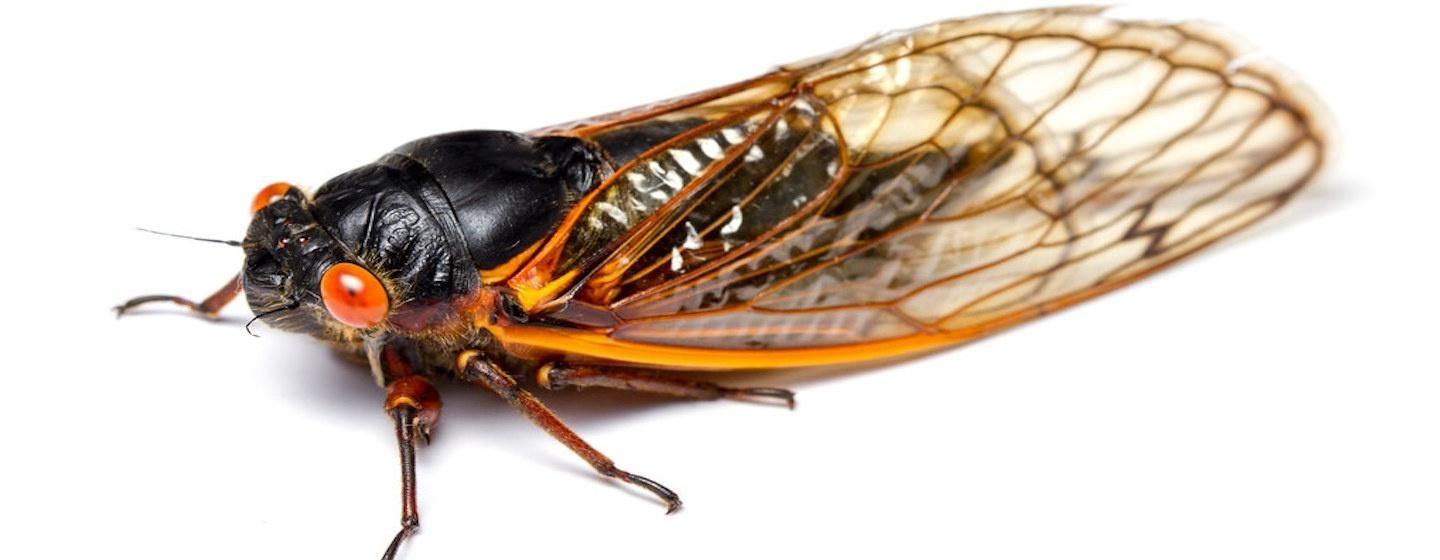These Cicadas Spent 17 Years Underground. It's Time to Emerge.


If you spent almost two decades underground, you’d be ready to stretch your limbs and see the sun. So it’s not surprising the Brood-10 cicadas are ready to get moving also.
The insect's 17-year life underground is ending. And in May and June, the cicadas will pop up in North Carolina, Georgia, Kentucky, Virginia, and Tennessee in the south east and south, and Illinois, Indiana, Michigan and Ohio in the Midwest. The northeastern and eastern states of New Jersey, New York, Pennsylvania, and West Virginia will also see the bugs, as well as Delaware and Washington, D.C., in the mid-Atlantic region.
The Brood-10 insects went underground in 2004. They’ve spent the time since then living beneath the soil where they tunnel and live off tree root sap.
“Cherokee, Surry and Wilkes counties will see the greatest number of cicadas emerging,” said Colin Brammer, Ph.D., Coordinator of the Natural World Investigative Lab at the North Carolina Museum of Natural Sciences. “Once the cicadas emerge, they climb the nearest tree to eat, mate, and then lay eggs under the tree bark and die. The adults are only above ground for about three weeks.”
The larvae then hatch and crawl down the tree and burrow into the ground to begin a new 17-year cycle.
“Cicadas don’t travel far to lay their eggs, which is why when large broods of cicadas emerge, such as Brood-10, it always happens in a limited area,” explains Brammer. “Brood-10 is found in a large number of states, but it’s a limited area in each state. Nobody is quite sure why the area is limited, except that cicadas don’t travel very far.”
Scientists say in the areas where cicadas emerge, the insects reach a density of 1.5 million cicadas per acre.
Brood 10 is a family of what are known as periodic cicadas. There are different broods that arrive in other years, (Brood VI appears four years earlier while Brood XIV appears four years later) but they all spend 17 years underground. Annual cicadas are found every year, but those cicadas only spend one-to-three years underground.
While cicadas are fascinating on their own, scientists at the Joint School of Nanoscience and Nanotechnology in Greensboro are studying the structure of cicada wings. The school is an academic collaboration between the University of North Carolina at Greensboro and North Carolina Agricultural and Technical State University. Researchers believe the wing design could lead to breakthroughs in the creation of medical instruments and the fight against dangerous pathogens.
The work has progressed to a point where researchers are now able to make synthetic surfaces that mimic the nanostructure of cicada winds
Watch a Sci NC story about the research below.
Cicada wings kill microbes on contact. The design could hold secrets to engineering designs. Researchers work to unlock the secrets of summer’s favorite insect, the cicada.